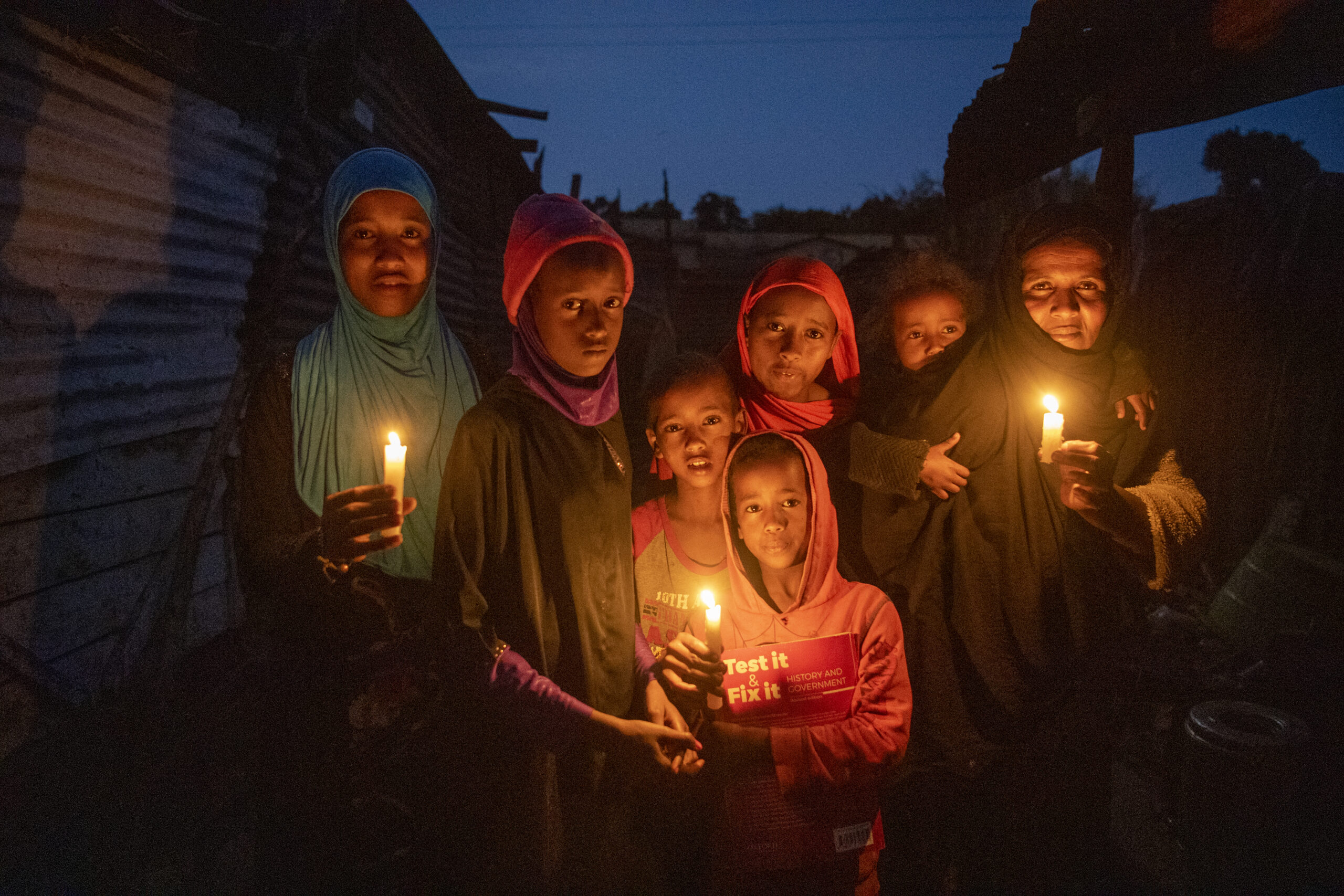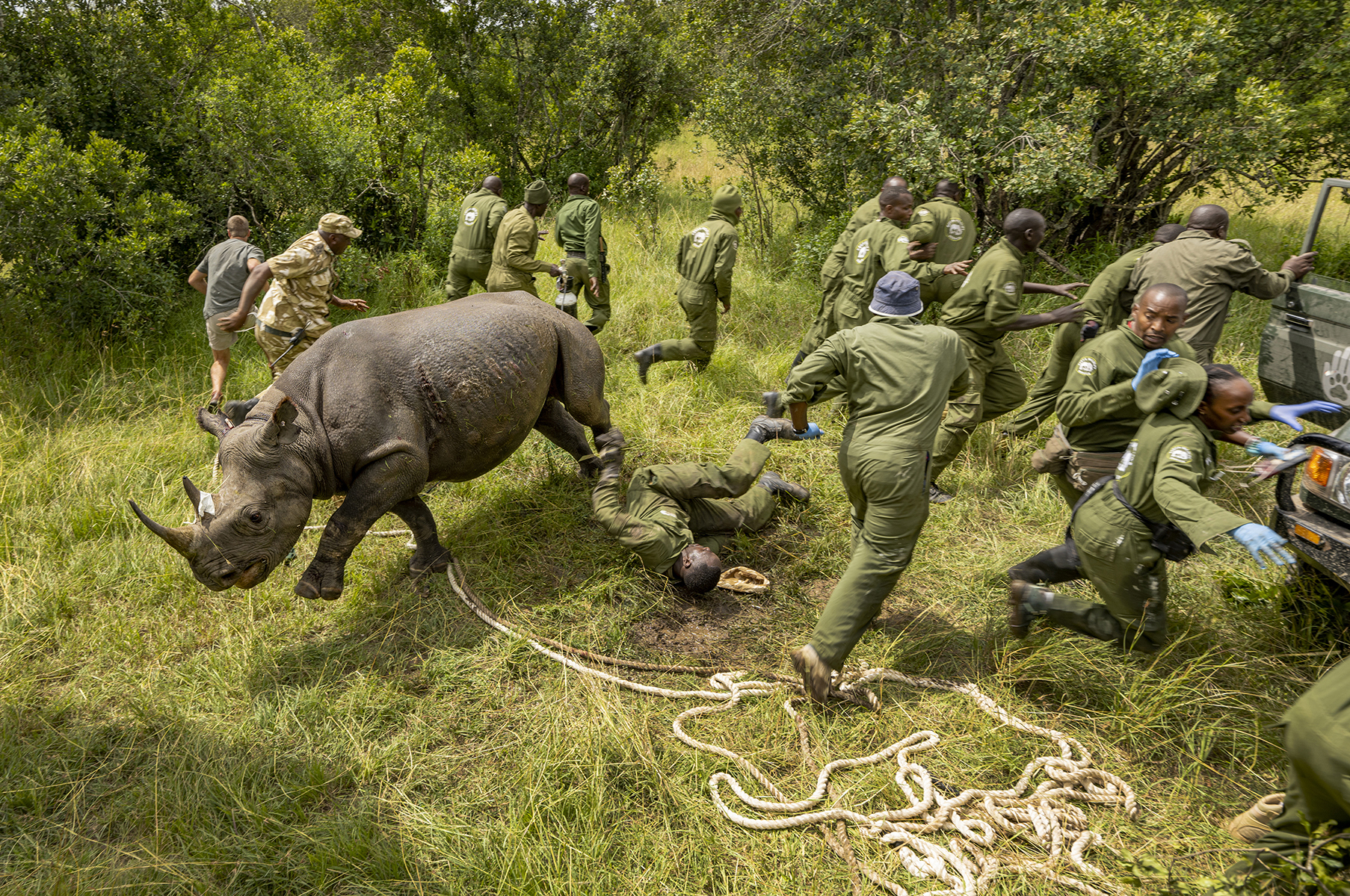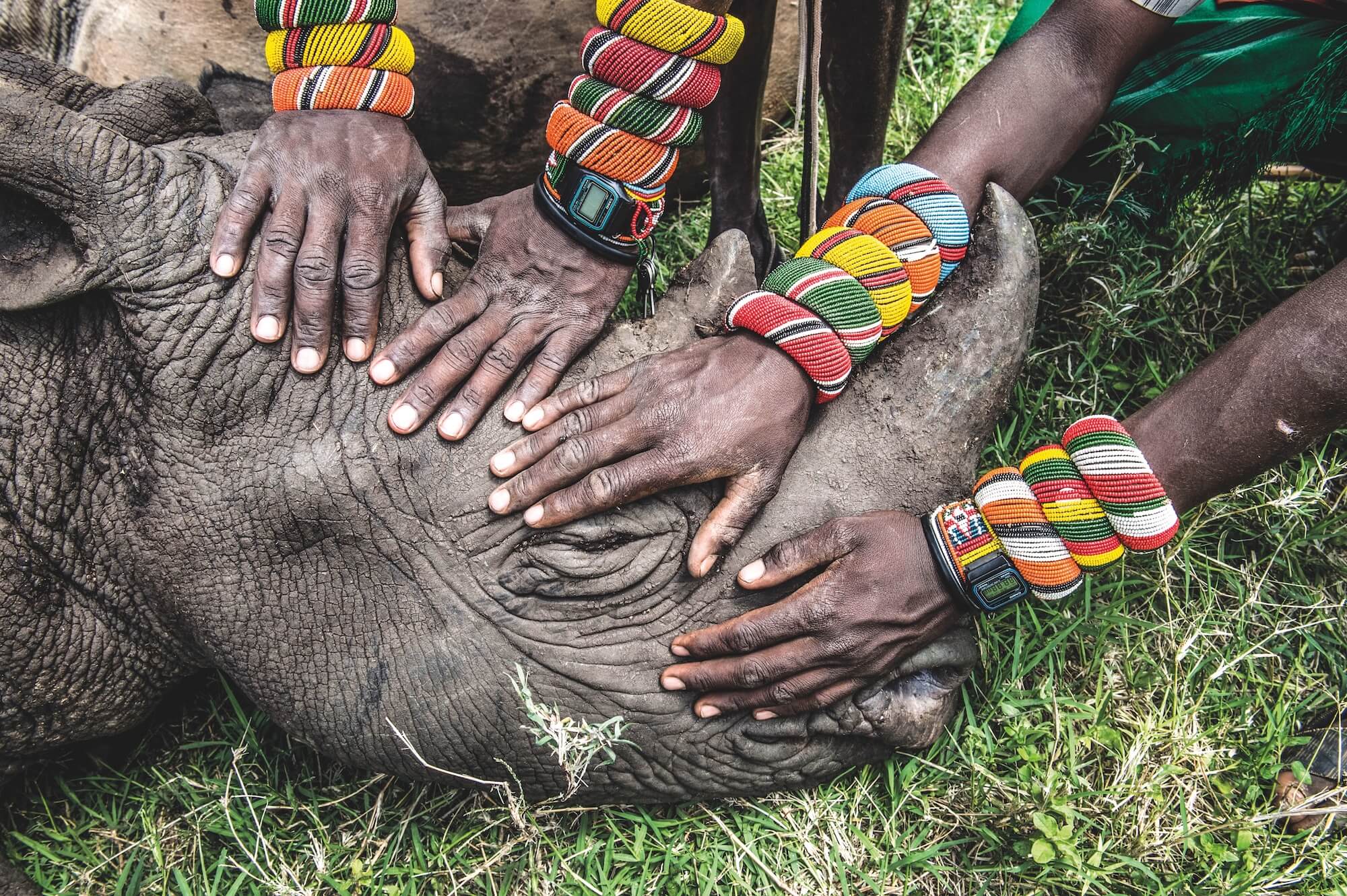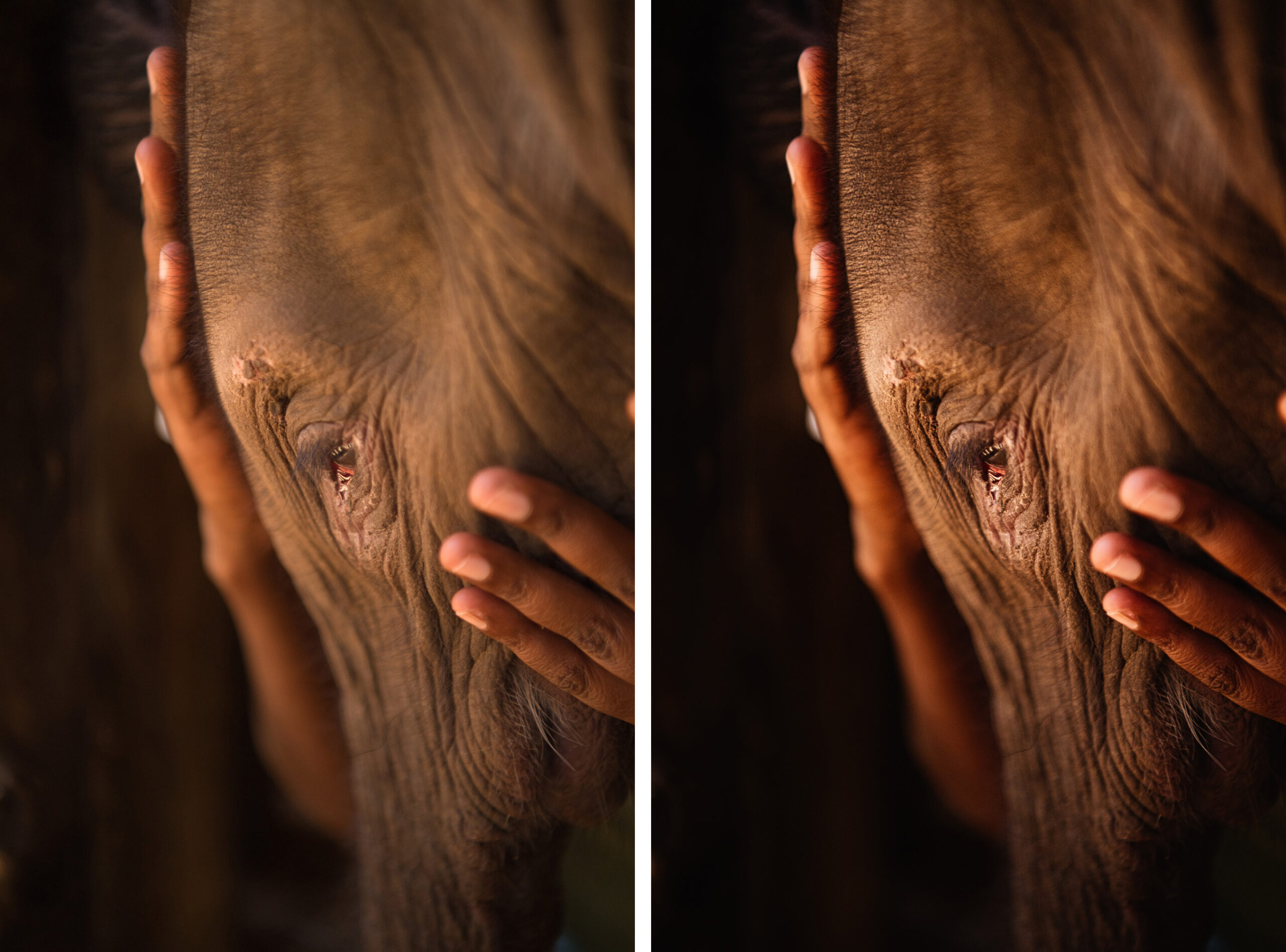The Place Where God Was Born.
09 / 25 / 2012
Return to BlogNational Geographic has posted our story on the Dene First Nation people HERE.
The ancestral home of the Dene First Nation people is a landscape of unfathomable vastness. 52,000 square kilometers span this region, south of the artic circle, along the Nanuvet and Northwest Territories of Canada. The place is replete with musk ox, grizzly bear, wolves, arctic grayling, tens of thousands of caribou, and billions of biting flies. The-lew-dezeth, the wide and frigid river that flows here is for the Dene, the place where God began. Yet, for most contemporary Dene, the Thelon Game Sanctuary, as we call it, is untouchable.
Few people have ever heard of this place and even fewer have chartered plane or boat to find their way deep into the middle of the middle of somewhere. The pressures of modern life have taken the Dene further from the land, and even as the Thelon still embodies so purely the balance of fecundity and decay, it is under threat. While this area is protected on paper, it has little management or funding, and its borders are being chipped away. Diamond, gold and uranium mining interests see ample opportunity within its untrammeled spaces.
In August of 2011, I joined 3 scientists from The Nature Conservancy, seven young Akaitcho Dene—ages 4-24—and two Dene guides for a 2-week, 200-kilometer journey on the Upper Thelon River. The Nature Conservancy wanted to support this expedition because it believes that these young leaders will speak out for protection of the Thelon. For many of them, this trip was a reprieve from a high technology, low-income world, where Caribou has been replaced by KFC.
Moving through the landscape with the young Dene, I was struck with how they thrived, even in the midst of a 3-day storm; beneath the nearly constant onslaught of mosquitos and black flies; and through a 5-mile portage, carrying 600 pounds of food. They built fires, paddled, fished, slept and ate enshrouded in bug suits. I heard no complaints for the duration of the trip, and the only tears shed came once from 4-year old Hawk, after talking to his mother on a SAT phone.
This trip was not for the faint of heart, yet I felt the heartbeat of my companions so strongly. Their spiritedness propelled us along as much as the water. Preparing artic grayling, goose and caribou was a communal effort embraced with the sort of primal respect that comes from a people who have walked the land for 30,000 years.
When we returned, our Dene companions seemed lost in the modern world of reality TV and pop culture. But, they kept moving, like the caribou.That land knows when its people are hungry. The Dene of Lutsel K’e and the Thelon share one voice. It may be, that the greatest hope for survival will come when they raise this voice from the rock and mud thick shores of The-lew-dezeth.
You May Also Enjoy

Help Vital Impacts Meet the Match
I had the pleasure of speaking with the incredibly talented and thoughtful Mark Edward Harris from Make It Better Foundation about the power of a single image to impact our understanding of the world. At this critical moment for humanity, we cannot afford to feel overwhelmed or hope that someone else will address our challenges. [ … ]

Black Rhino Revival
I am honored to have been able to collaborate with The Nature Conservancy to document the incredible efforts and critical steps Kenya has had in achieving stable habitats for the survival of the species. Black rhinos once thrived across Kenya, but rampant poaching in the 1970s and ’80s drove them to near extinction. However, government [ … ]

Ami Named Royal Photographic Society Honorary Fellow
I am honored to share that I have been named an honorary fellow of the Royal Photographic Society, alongside such photographic luminaries as James Balog, James Friend, Sirkka-Liisa Konttinen, Michelle Sank, Marilyn Nance, Yasmine Crawford, and William Kentridge. This prestigious recognition is part of an initiative that celebrates the unique power of photography to challenge societal [ … ]

My Earth Essence Presets with Luminar Neo
I’m excited to announce my partnership with Luminar Neo. We have launched an exclusive Earth Essence Presets Collection that captures the essence of classic darkroom techniques. These presets are crafted to help you make subtle, yet powerful enhancements to your portrait, landscape, and wildlife photography. Guided by a strong commitment to ethical standards, my image [ … ]

